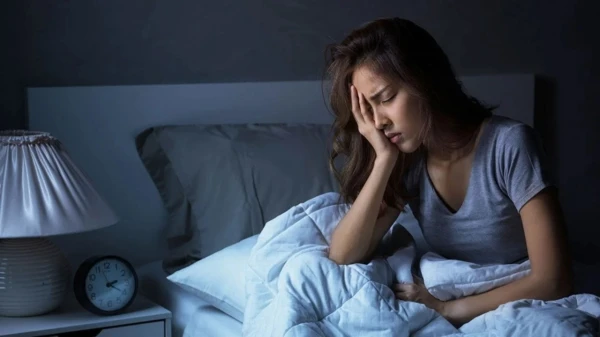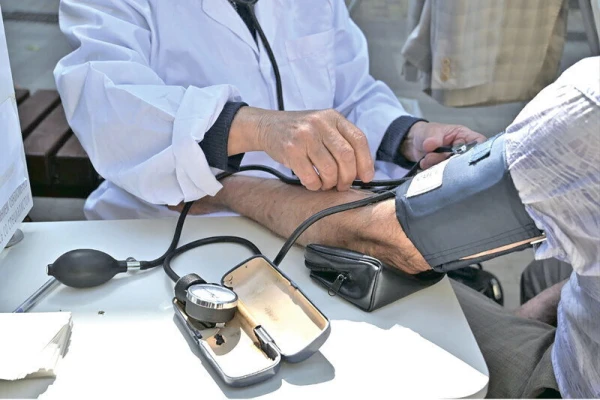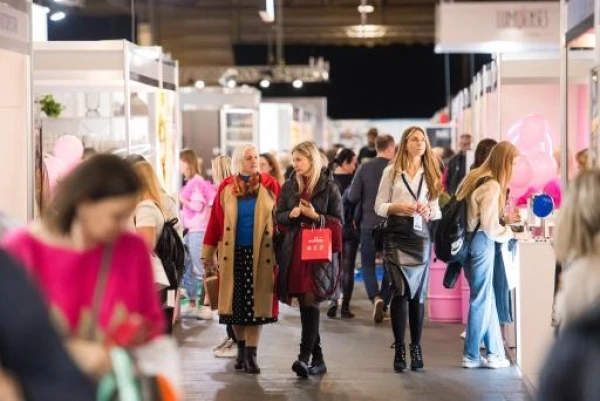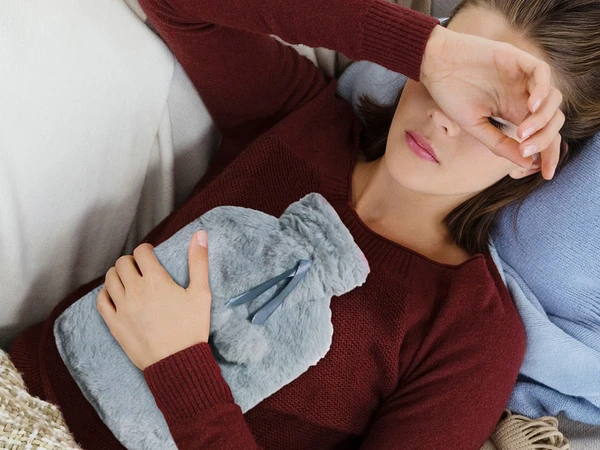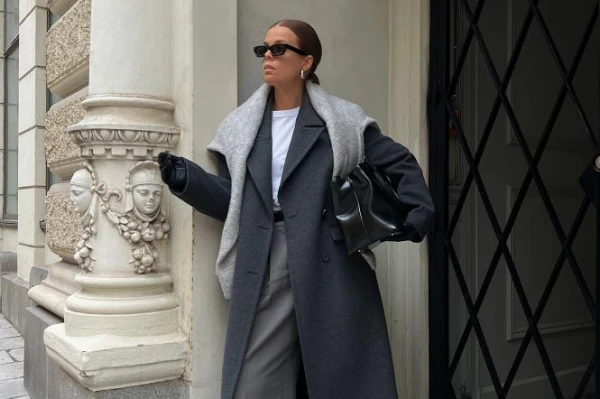
The architecture of a look is not a set of random beautiful things, but a thoughtful construction of silhouette, proportions, textures, colors, and accents that holds you in any situation as reliably as a well-planned house — walls and a roof. The right architecture has an idea (why and where we are going), supporting elements (basic items that determine shape and fit), finishing (textures, color, accessories), and engineering (comfort, movement, temperature, that is, practicality). The details were shared by stylist Masha Vedernikova.
Where to Start Building
Start from the top down and from large to small: first, determine the silhouette of the day (for example, "straight long and fitted top" or "voluminous top and narrow bottom"), then decide on the proportions (waist, sleeve length, ankle visibility). "After that, narrow the palette down to two or three main colors and one neutral base, and only then add textures (wool, denim, leather, or silk) and accents (jewelry, belt, bag). If in doubt, use the 'rule of three': a maximum of three types of texture, three colors, and one 'loud' accent. Any item that does not support the idea and is not needed functionally is an unnecessary detail, and we remove it," suggests the expert.

Always Define the Task of the Look
There should be a clear answer to the question "why this outfit?": negotiations in a casual office, a long city Saturday with children, a dinner without a dress code, but wanting to make an impression. Choose an "anchor" for the task — the main item that defines the architecture: a strict jacket with broad shoulders, a long coat-robe, high-waisted jeans, or a flowing dress. Everything else serves the anchor and does not contradict it. When the goal is clear, half of the unnecessary options fall away, and the construction comes together faster.
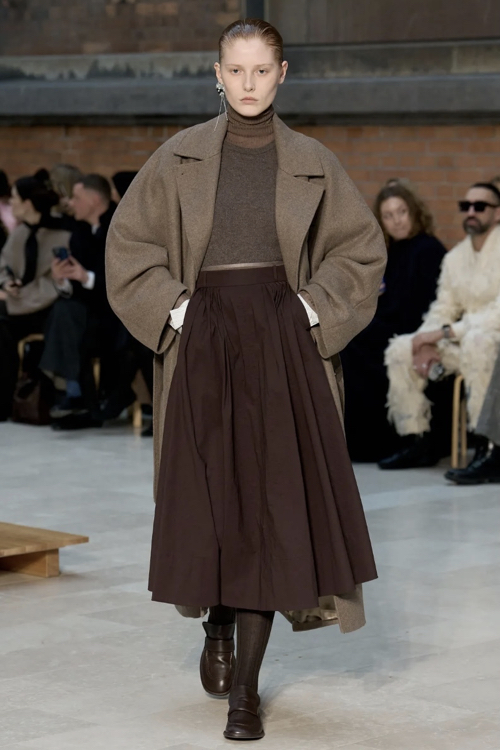
Maintain Proportions Through Simple Math
The most advantageous scheme for most figures is dividing the silhouette into ⅓ and ⅔: a short jacket and long pants or a skirt, or conversely, an elongated jacket plus a cropped bottom and visible ankles. "Verticals elongate height: a long coat, pants without unnecessary creases, monochrome in tone, V-neck, open neck, elongated earrings. Horizontals, on the other hand, visually expand: a wide belt, contrasting edge, chunky sneakers — use them consciously where balance is needed," reminds the stylist.
Accents — One Loud, the Rest Support
Choose where the focal point will be: earrings in an interesting shape, a colorful bag, bright lipstick, unusual shoes. Reduce the volume of the other details: if the bag is expressive, the shoes should be calm and vice versa. If the jacket has a complex shoulder line, the jewelry should be minimalistic. This rule saves from visual noise and makes the look cohesive.
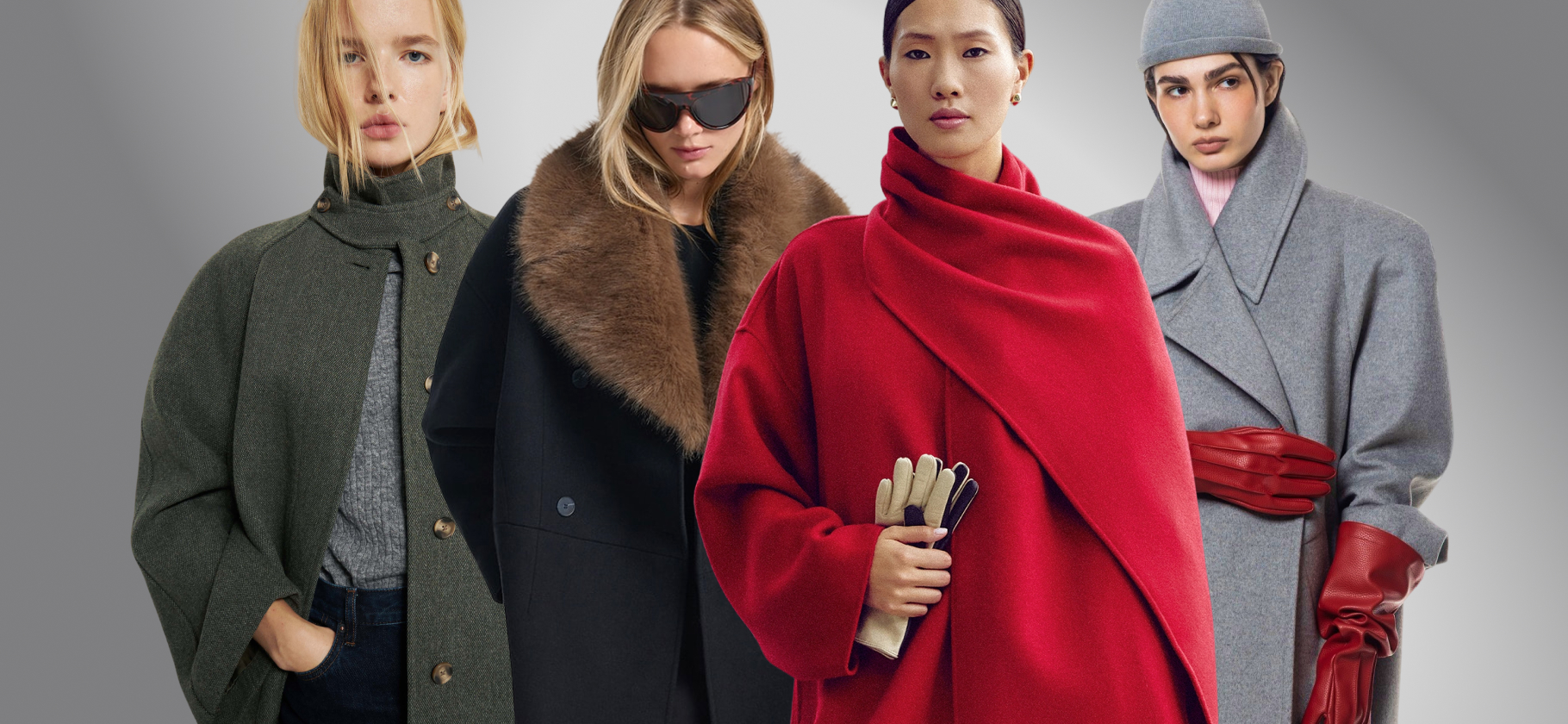
Final Assembly — Three Checks Before the Door
Here it’s simple. Perform a movement check (raise your arms, sit down, walk — make sure nothing is creeping or twisting). Check the temperature (layering: base top, middle layer, outer layer to avoid overheating or getting cold). "Take another look at the scale of the accessories (the bag is proportionate to the body and clothing, the belt fits in the loops and divides the figure at the right place, jewelry does not catch on the collar). Take a photo in the mirror in daylight — the camera honestly shows where the color clashes or the silhouette line breaks — small adjustments at this stage can save the whole day," summarizes the fashion expert.
